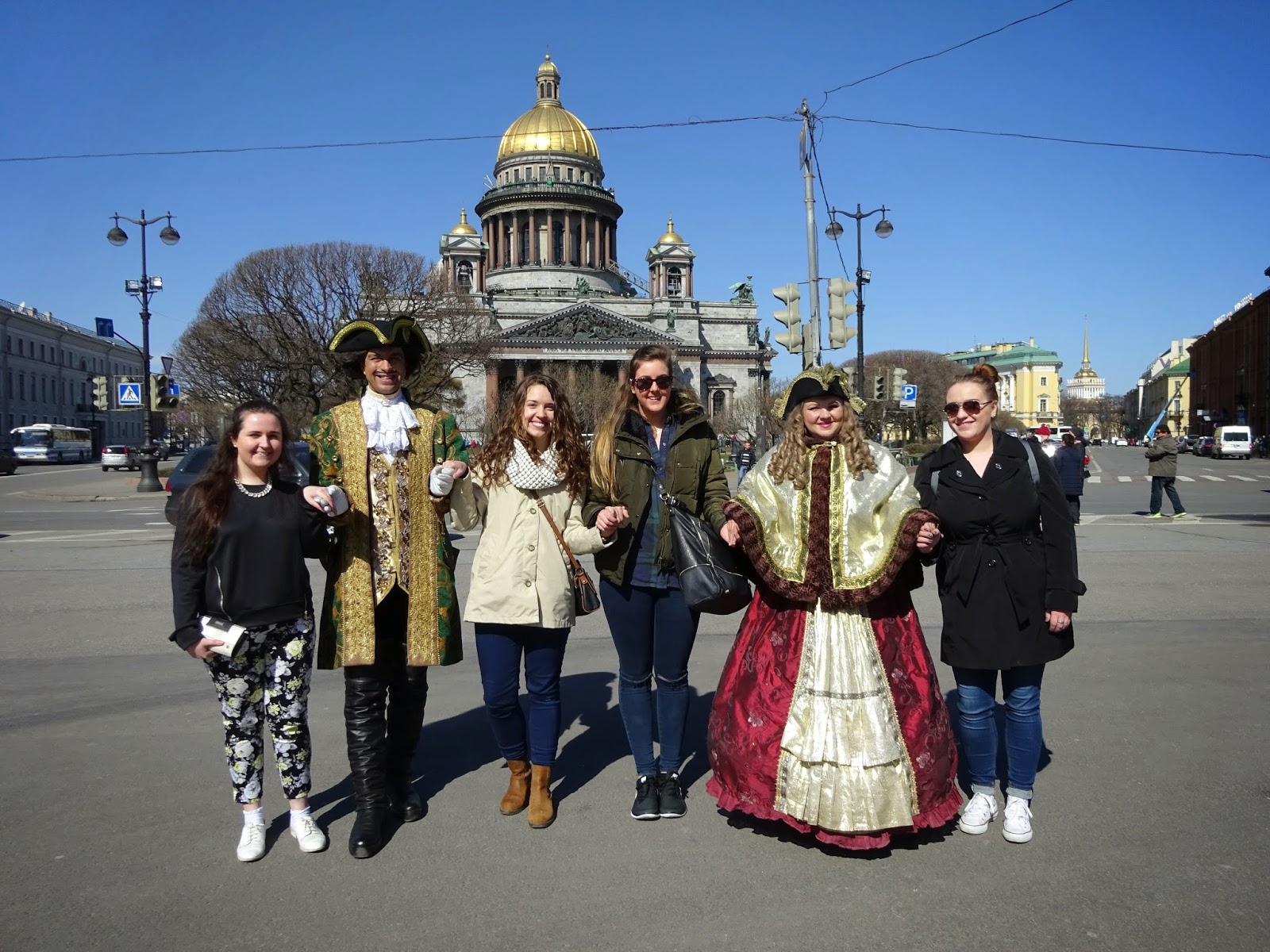For one thing, it seems that Vilnius, the capital, is a hidden gem of faith within this relatively secular continent. Something that struck me while walking through the city was how much I saw Christianity being practiced, both Orthodox and Catholic. At the Gate of Dawn, which is the only surviving gate from the city's original defense fortifications, there is a beautiful icon of the Virgin Mary that is said to protect the city and bless travelers. Throughout the day locals pass through the gate to pray there. If they don't go up to the chapel within the gate for a few minutes, then they bless themselves in the middle of the street and look up at Our Lady, pray, and then continue on their way.
Vilnius is said to be a city of churches, which isn't even an exaggeration! We could have spent all day going from church to church. We basically did do that, with some other things in between. And the churches there aren't just there because they were used a lot in the past or built to be decorative. Nope, a lot of them have monasteries, and they all seem to be really active in general. I think this has to do with the culture both in its religion and its adaptability to change and tye transition from the USSR to modern day. Let me explain what I'm thinking.
Just in terms of the religious culture of a country, it seems like the Soviet days have a couple of different lasting effects. In my pre-trip reading on Estonia (going to Tallinn in a few days), I noticed that the country itself is not very religious. Locals have observed that the Soviet regime almost effectively wiped out religion in everyday life even to this day of religious freedom. Lithuania, on the other hand, took back its churches eagerly. The Church of St. Phillip and St. Jacob is currently being restored to its bright red color, erasing the drab pale yellowy-orange of the Soviets. I mean what other color says, "bam we're back!" like red?
The point is that the spirit of freedom and resistance prevails in Lithuania. Reminders of the painful past are scattered throughout the city, like the KGB's torture cells right in the city center, but even greater in number are the signs of hope and resilience (perhaps I should use the Finnish word sisu) like the churches, the Old Town that is an UNESCO World Heritage Site, and the quirky self-proclaimed republic Uzupis.
There's even more about Vilnius that could be said, and much of what I actually did in Vilnius I've left out. Or the fact that I ate smoked pig ears, a popular snack paired with local beer. But the spirit of this place is special. Definitely a gem of Eastern Europe.
 |
| Exploring with my mom and Rachel |
 |
| Church restoration in progress |
 |
| Gate of Dawn. The chapel with the icon is inside the window, and is sort of visible |














































